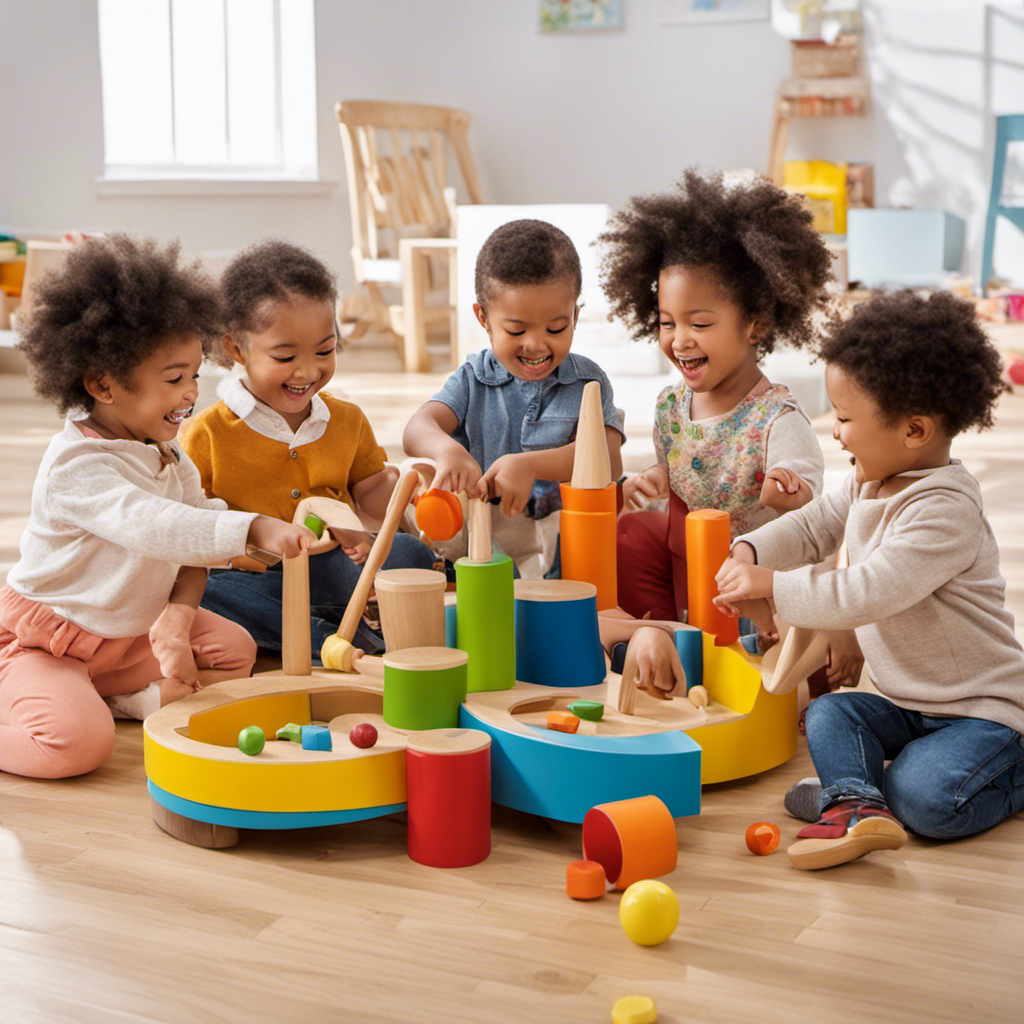Do you wonder why it’s crucial to choose non-toxic art and craft toys for preschool-age children?
Well, let us tell you why it’s crucial.
Non-toxic toys not only promote a healthier environment for our little ones but also ensure their safety. In this article, we will explore the health benefits, environmental impact, and safety considerations of non-toxic materials.
Additionally, we will discuss how these toys enhance creativity and imagination, as well as provide non-toxic options for sensory play.
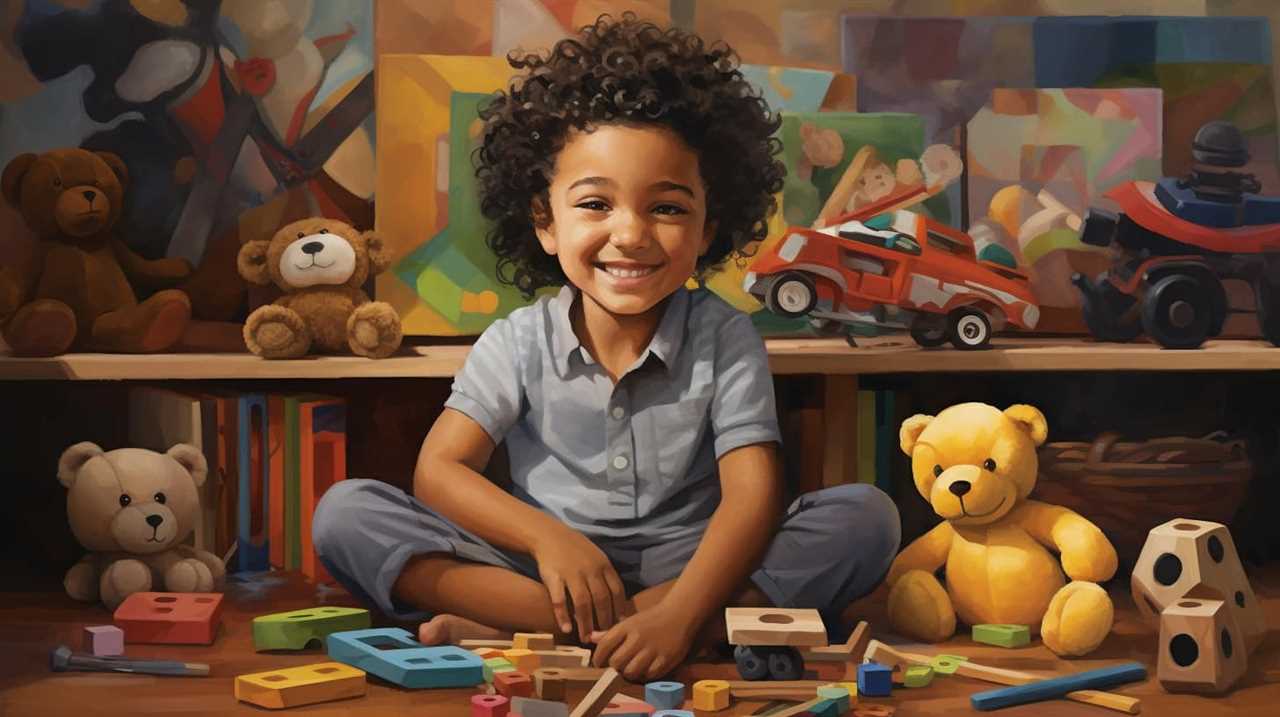
Get ready to discover the best choices for your child’s development!
Key Takeaways
- Non-toxic arts and crafts toys reduce exposure to harmful chemicals, promoting respiratory health, allergies prevention, and developmental well-being.
- Non-toxic materials contribute to a safer environment for preschoolers to explore their creativity, while also supporting fine motor skills, hand-eye coordination, and problem-solving abilities.
- Choosing non-toxic materials promotes sustainability and eco-friendly production practices, reducing the release of harmful chemicals into the environment and minimizing waste production.
- Non-toxic arts and crafts toys enhance imagination and creativity, allowing preschoolers to engage in open-ended play experiences, make choices, experiment, and imagine different outcomes.
Health Benefits of Non-Toxic Arts and Crafts Toys
There are numerous health benefits that come with choosing non-toxic arts and crafts toys for preschoolers. By opting for non-toxic materials, we can ensure that our little ones aren’t exposed to harmful chemicals that can have detrimental effects on their health. Research has shown that exposure to toxic substances can lead to various health risks, including respiratory problems, allergies, and even developmental issues. By reducing these risks, non-toxic arts and crafts toys create a safer environment for children to explore their creativity and imagination.
Furthermore, choosing non-toxic toys can also promote improved cognitive development in preschoolers. Engaging in arts and crafts activities helps children develop their fine motor skills, hand-eye coordination, and problem-solving abilities. These activities stimulate their brains and encourage creativity, critical thinking, and decision-making. By providing safe, non-toxic materials, we can support children’s cognitive growth and enhance their overall development.
Environmental Impact of Non-Toxic Materials
Choosing non-toxic materials for arts and crafts toys has a positive environmental impact. Not only do these materials ensure the health and safety of children, but they also contribute to sustainability and eco-friendly production practices. By opting for non-toxic materials, we reduce the release of harmful chemicals into the environment during both the production and disposal stages. Additionally, many non-toxic materials are made from renewable resources, further minimizing their impact on the planet.

To illustrate the environmental benefits of non-toxic materials, consider the following table:
| Environmental Impact | Non-Toxic Materials | Traditional Materials |
|---|---|---|
| Health and safety | No harmful chemicals | May contain toxins |
| Resource usage | Made from renewable resources | Often made from non-renewable resources |
| Waste generation | Minimal waste production | Often results in toxic waste |
Safety Considerations for Preschoolers
When considering the safety of preschoolers, it’s important to prioritize their well-being and take into account potential hazards. Preschoolers are active and curious, which makes them more prone to accidents and injuries. To ensure their safety, childproofing techniques should be implemented in their environment. This includes securing furniture, covering electrical outlets, and using safety gates to restrict access to certain areas.
Additionally, supervision plays a crucial role in safeguarding preschoolers. By closely monitoring their activities, caregivers can prevent accidents and respond quickly in case of an emergency. It’s important to remember that no amount of childproofing or supervision can guarantee complete safety. However, by implementing these measures, we can minimize the risks and create a safer environment for preschoolers to explore and learn.
Now, let’s delve into how non-toxic arts and crafts toys can enhance their creativity and imagination.
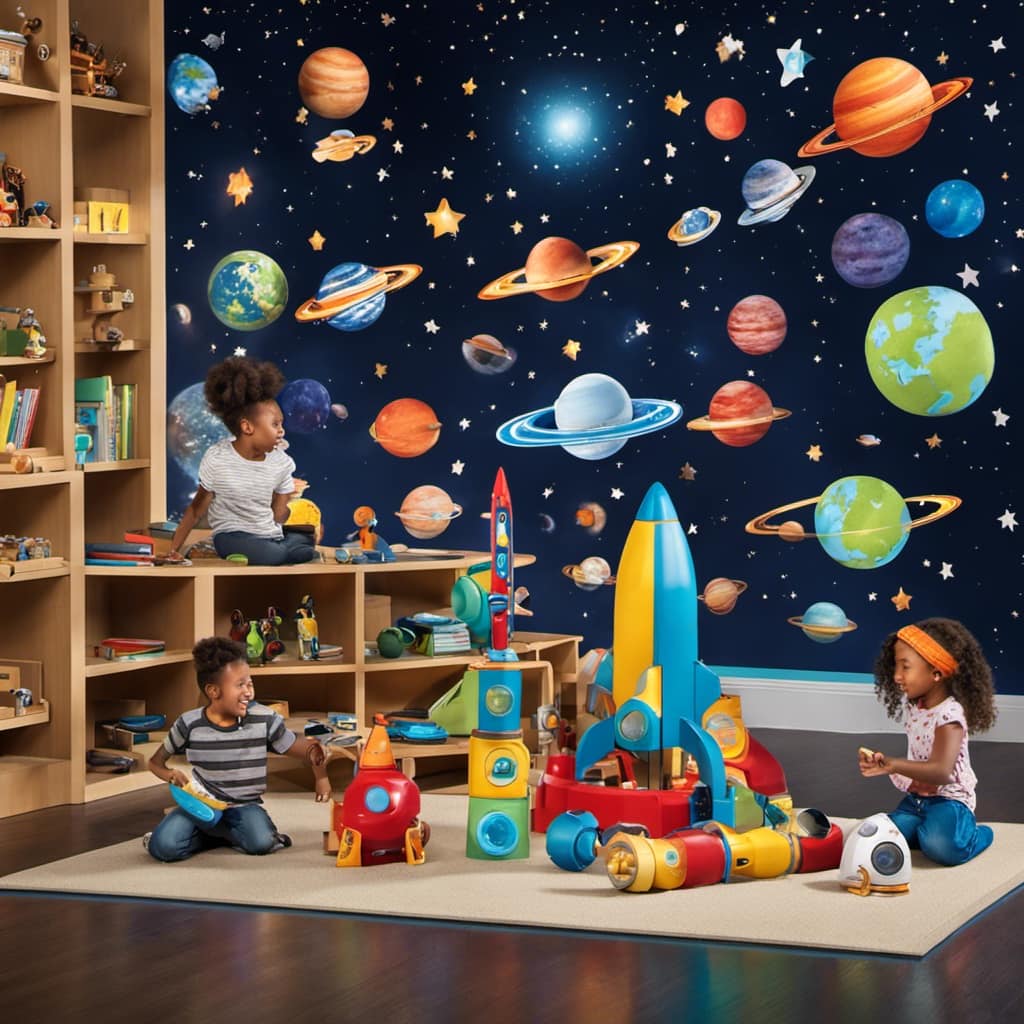
Enhancing Creativity and Imagination
As we continue exploring the benefits of non-toxic arts and crafts toys for preschoolers, let’s delve into how these toys can ignite and nurture their creativity and imagination.
-
Improving Fine Motor Skills: Engaging in arts and crafts activities allows preschoolers to manipulate different materials, such as crayons, paintbrushes, and scissors. These activities require precise movements and coordination, thus enhancing their fine motor skills.
-
Promoting Cognitive Development: Arts and crafts stimulate a child’s brain by encouraging problem-solving, critical thinking, and decision-making. When children engage in creative activities, they’ve to make choices, experiment with different materials, and imagine various outcomes. This process helps develop their cognitive abilities and fosters their capacity to think creatively.
-
Fostering Imagination: Arts and crafts toys provide an open-ended play experience, where preschoolers can freely express themselves and explore their imagination. Through painting, drawing, and sculpting, children can create their own worlds, characters, and stories. This form of imaginative play nurtures their creativity and allows them to think outside the box.
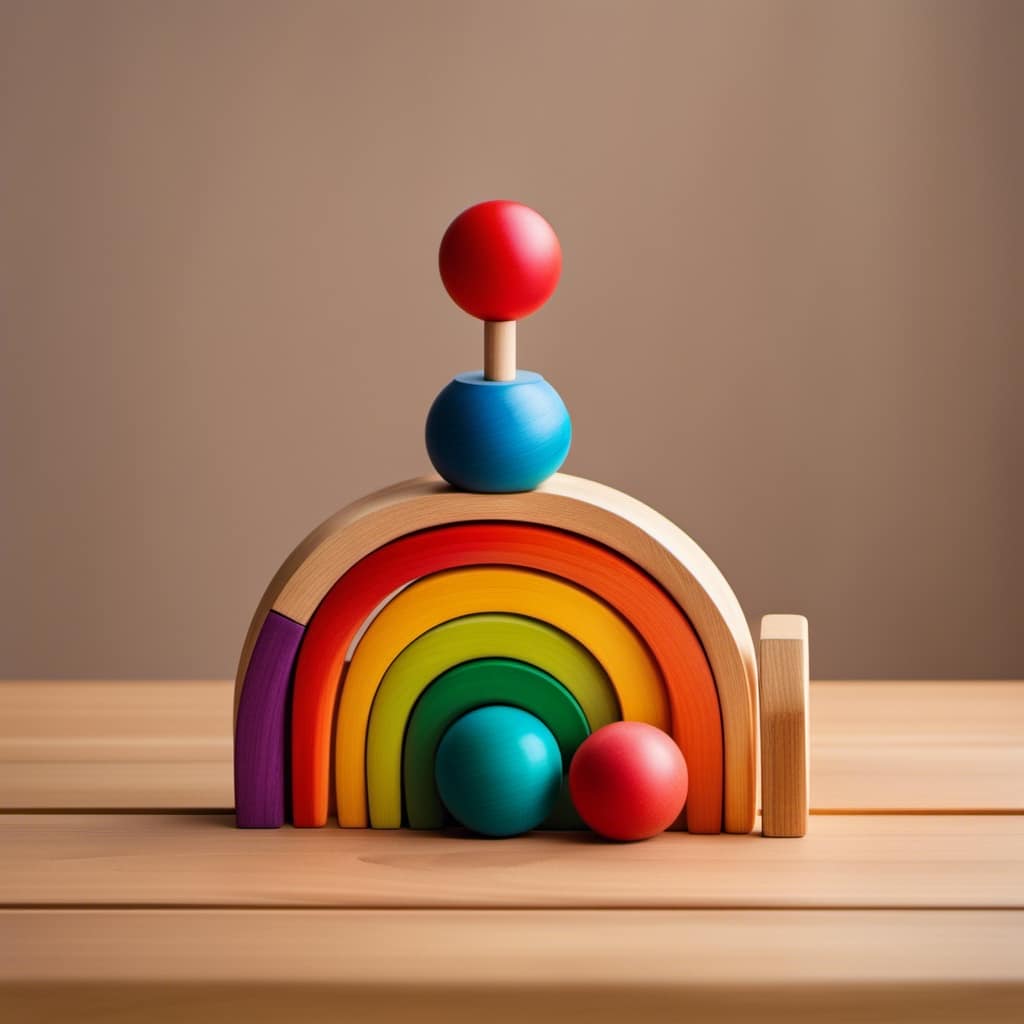
Non-Toxic Options for Sensory Play
For sensory play, we prefer using non-toxic materials to ensure the safety and well-being of our preschoolers. Eco-friendly alternatives and natural materials are excellent options for sensory play activities.
Many traditional sensory play materials, such as playdough or paints, often contain harmful chemicals that can be harmful if ingested or come into contact with the skin. By opting for non-toxic alternatives, we can provide a safe and healthy environment for our little ones to explore and learn through their senses.
Natural materials like sand, water, and natural dyes made from fruits or vegetables are great options. They not only promote sensory development but also teach children about the environment and sustainability.
Choosing non-toxic options for sensory play ensures that our preschoolers can have a fun and safe sensory experience.

Frequently Asked Questions
Are Non-Toxic Arts and Crafts Toys More Expensive Than Traditional Options?
Non-toxic arts and crafts toys may not be more expensive than traditional options. A cost comparison reveals their affordability. It’s important to prioritize the health and safety of preschoolers without breaking the bank.
How Can I Ensure That the Non-Toxic Arts and Crafts Toys I Purchase Are Truly Safe for My Preschooler?
To ensure the safety of our preschoolers, we must carefully choose non-toxic arts and crafts toys. Identifying them involves checking for certification labels and researching the materials used. Precautions include supervision and age-appropriate toys.
Can Non-Toxic Arts and Crafts Toys Be Harmful if They Are Accidentally Ingested?
Accidental ingestion risks of non-toxic arts and crafts toys are minimal, but it’s important to monitor young children during playtime. Long term effects are unlikely, as these toys are made with safe materials.
Are There Any Specific Non-Toxic Materials That Are Particularly Beneficial for Preschoolers’ Development?
Non-toxic materials for preschoolers’ development offer numerous benefits. They stimulate creativity and imagination while ensuring the safety of our little ones. Options like water-based paints and natural clay are excellent choices for fostering their artistic growth.
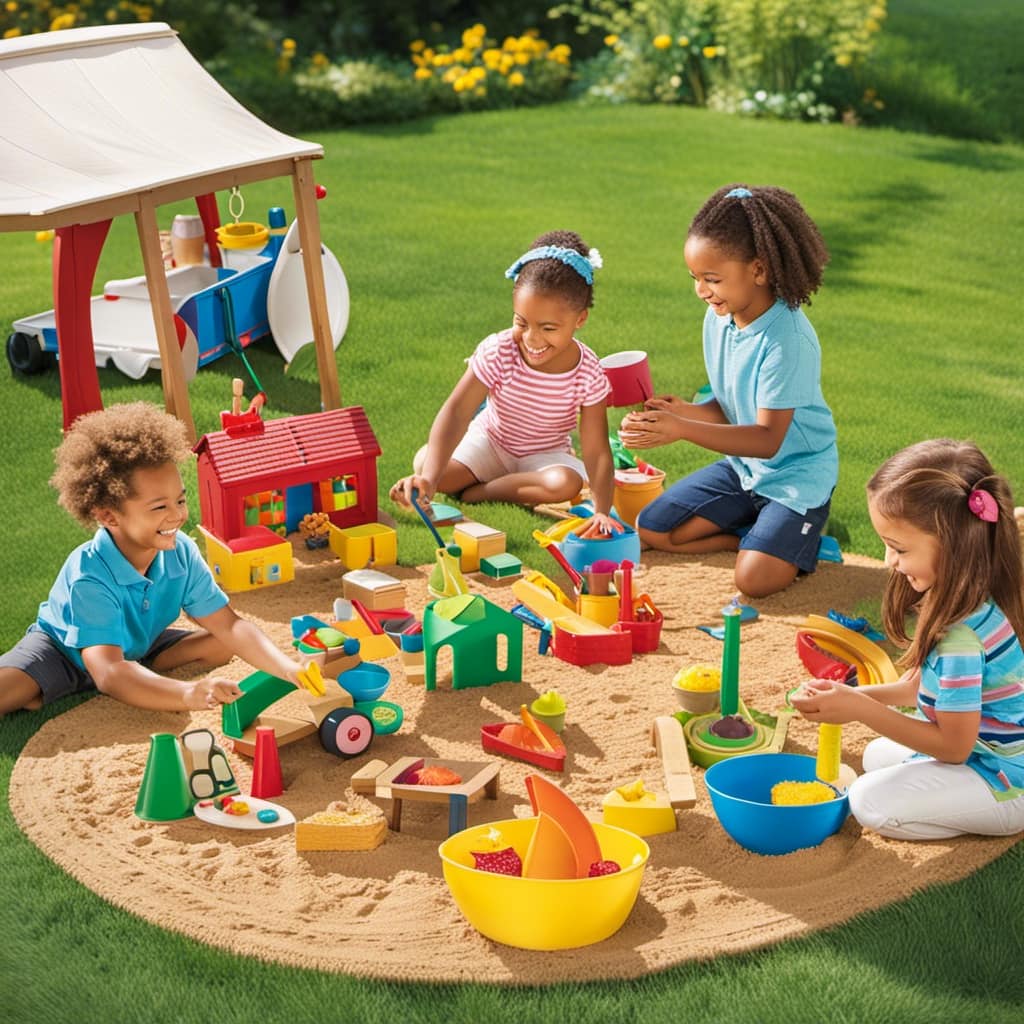
Can Non-Toxic Arts and Crafts Toys Be Easily Cleaned and Maintained?
Cleaning and maintaining non-toxic arts and crafts toys are essential for preserving their safety and longevity. By doing so, we ensure that preschoolers can continue to benefit from the creativity and imagination development that these toys provide.
Conclusion
In conclusion, opting for non-toxic arts and crafts toys for preschoolers is a wise choice.
These toys not only provide health benefits by eliminating harmful chemicals, but they also have a positive impact on the environment.
Additionally, non-toxic materials ensure the safety of young children, allowing them to freely explore their creativity and imagination.

By choosing non-toxic options, we create a world where sensory play can be enjoyed without any worries.
Mila, a gifted writer with a heart brimming with enthusiasm for child development and playful learning, is the creative force behind the enchanting narratives and insightful articles that grace Toddler Ride On Toys. With a background in early childhood education and a genuine passion for nurturing young minds, Mila weaves words that captivate, educate, and inspire parents, caregivers, and educators.



